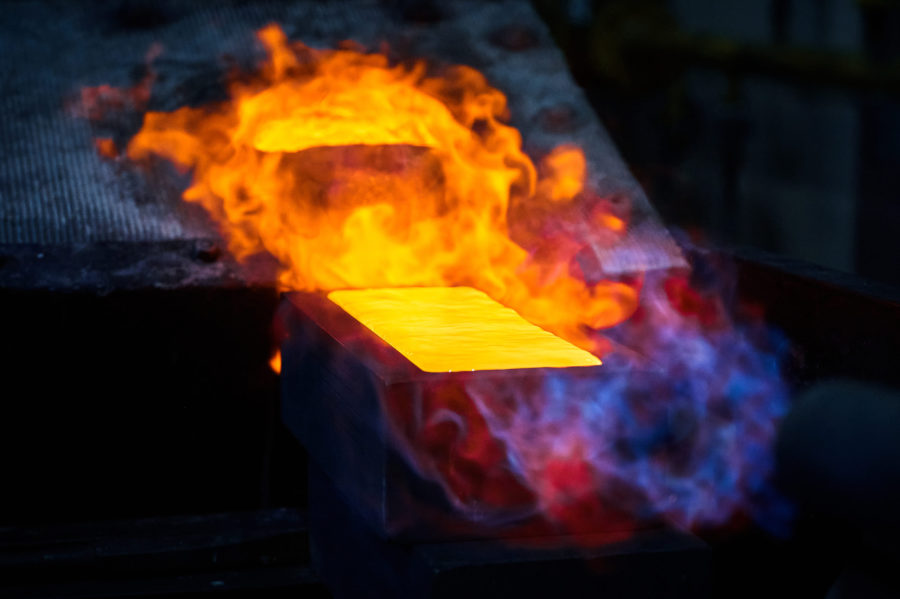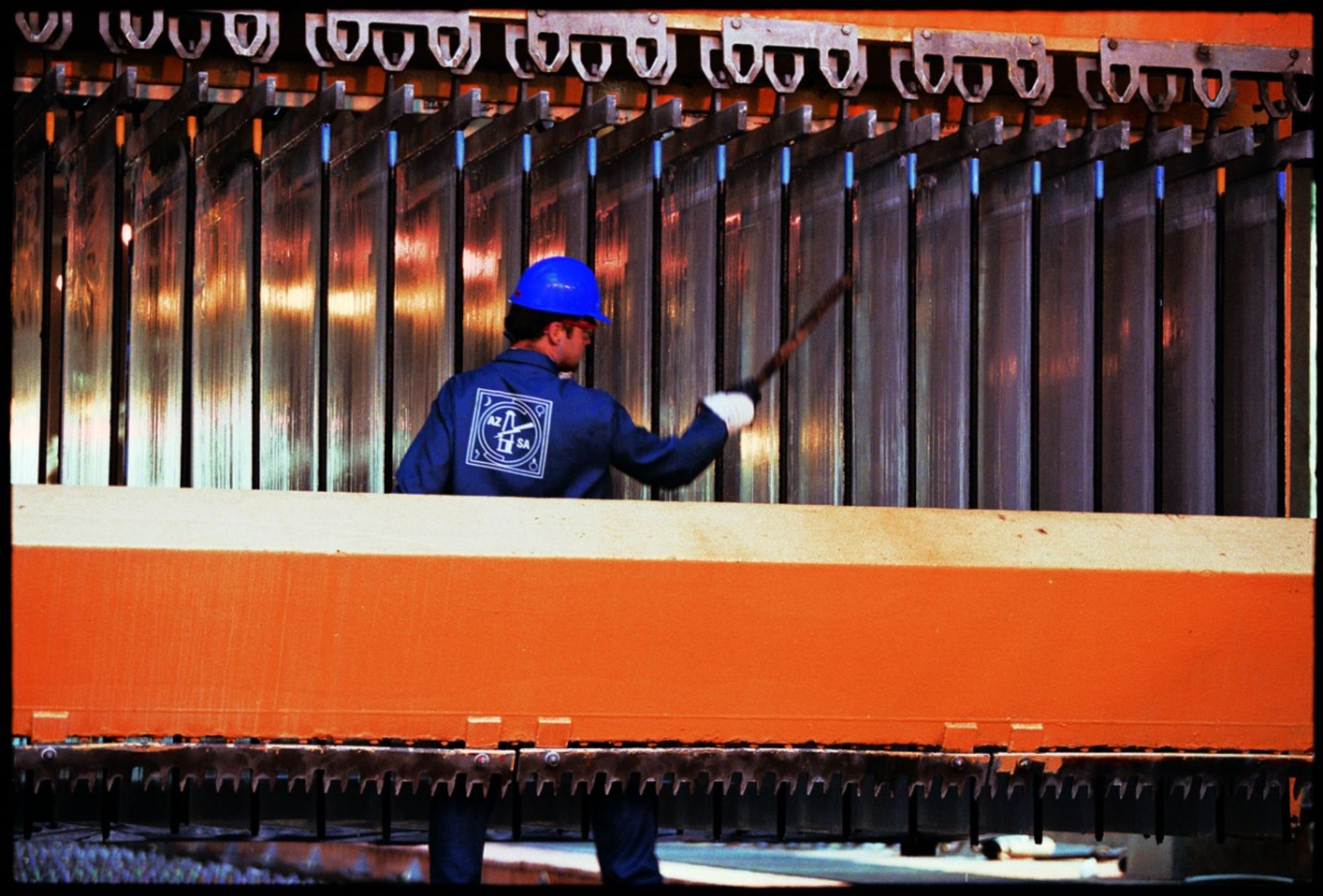MSHA issues “proximity detection” rule for coal-hauling machines
Mechanical teeth chew through stone, extracting coal in the most efficient way possible. The continuous mining machine tunnels through tight corridors and across dimly-light spaces, operating in environments deemed inhabitable to everyone – everyone but miners.
This month, the Mine Safety and Health Administration (MSHA) announced a final regulation proposal which requires coal-hauling machines (shuttle cars, ram cars, and continuous haulage systems) in underground coal mines to be equipped with proximity detection systems. Detection systems are used to help protect miners from being crushed or pinned in confined underground mine spaces where large equipment is constantly in motion.
Since 1984, 35 miners have been pinned, crushed, or struck by continuous mining machines and lost their lives in underground coal mines. MSHA estimates that the rule will prevent 49 injuries and 9 deaths over the next ten years.
Proximity Detection Technology
Detection systems use electronic sensors to identify motion and the location of one object relative to another. These systems provide audible and visual warnings for workers, and technology which automatically stops moving machines before miners get too close and an accident occurs.
To meet the standards set in the rule, a proximity system must:
- Cause moving or repositioning continuous mining machines to stop before contacting a miner;
- Provide audible and visual warnings on the miner-wearable component and a visual warning on the machine before it stops;
- Provide a visual signal on the machine that shows the machine-mounted components are functioning properly;
- Prevent movement of the machine if any machine-mounted component is not functioning properly (except limited movement for repairs);
- Prevent electrical interference that adversely affects the performance of other electrical systems in the mine;
- Be installed and maintained in proper operating condition by a trained person
MSHA estimates 425 continuous mining machines of 863 currently in use have already been equipped with proximity detection systems, and therefore will only require minor changes, such as adding warning signals.
Compliance Deadline
The rule will be pushed in the Federal Register on January 15, 2016 and become effective March 16, 2016. An eight-to-36 month compliance phase has been issued.
The phase-in periods give mine operators the time they need to obtain MSHA approvals, modify continuous mining machines to meet the new requirements, and provide training to miners.
The compliance dates are:
- Continuous mining machines manufactured after March 16, 2015 must meet the requirements in this rule no later than November 16, 2015.
- Continuous mining machines manufactured and equipped with a proximity detection system on or before March 16, 2015 must meet the requirements in this rule no later than September 16, 2016.
- Continuous mining machines manufactured and not equipped with a proximity detection system on or before March 16, 2015 must be equipped with a proximity detection system that meets the requirements in this rule no later than March 16, 2018.
By Jordy Byrd, public relations specialist with Graphic Products
More News
Why pause in US anti-corruption enforcement will hurt mining firms, not help them
In the race for critical minerals, bribery is not a guaranteed foot on the accelerator.
April 09, 2025 | 08:00 am
Gold price rallies over 3% as trade war heats up
"Ultimately gold continues to be seen as a hedge against instability here," an analyst said.
April 09, 2025 | 07:56 am
Column: Annual zinc processing benchmark looks bullish but isn’t
Zinc has been the consistent under-performer of the LME base metal pack since the start of 2025.
April 09, 2025 | 07:55 am
{{ commodity.name }}
{{ post.title }}
{{ post.excerpt }}
{{ post.date }}




Comments